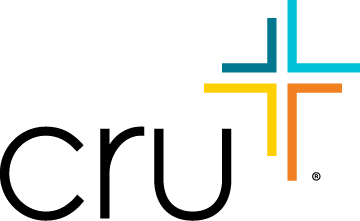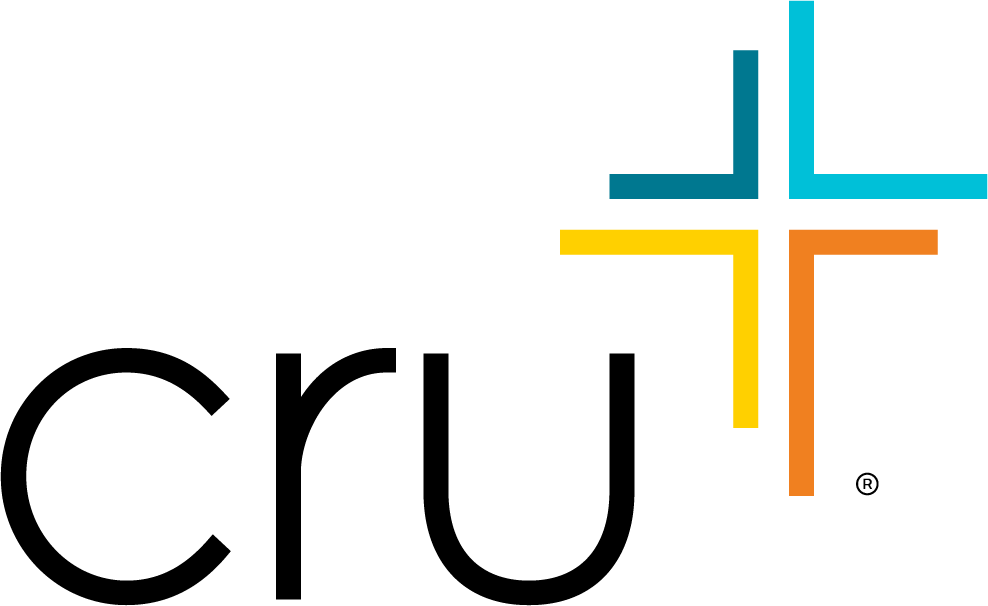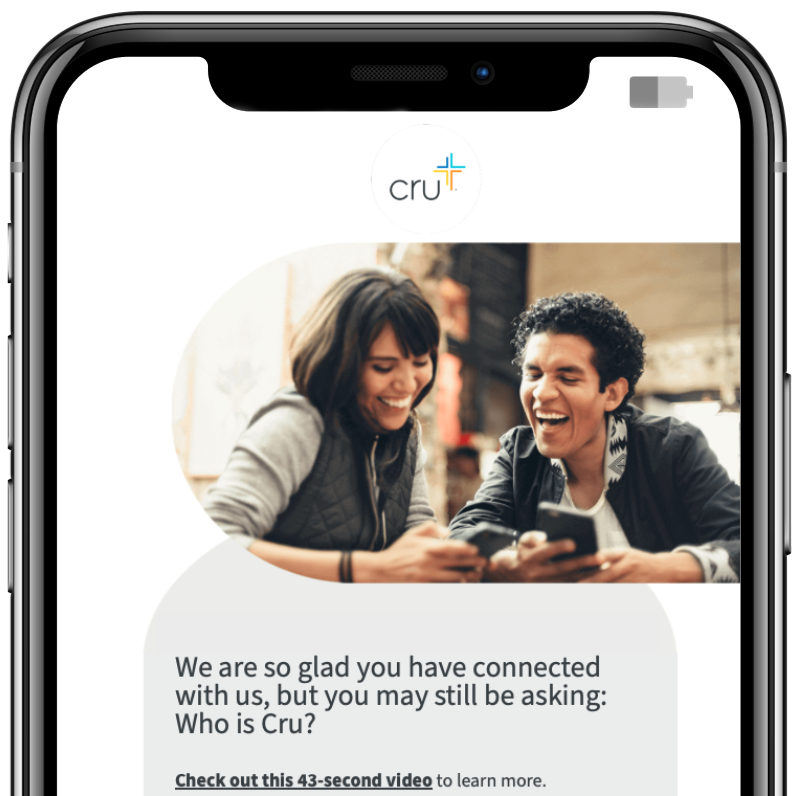Perspective: The Story and Purpose
Perspective was born on a dark and lonely street in Puebla, Mexico. Seriously.
I had just rented a movie. As I walked back to my apartment I was talking to God and asked Him to help me create a new evangelism tool. God immediately answered my prayer by giving me an idea for Choose Your Own Religion cards. That idea turned into Perspective, a deck of cards that helps people effectively listen and learn about others’ thoughts about five categories that shape their worldview, which opens the door to share the gospel and provides a clear way to converse about those truths.
I started to see the need for a new evangelism tool in the spring of 2008. I observed that the informational way we tend to share our faith wasn’t very creative or engaging. Many believers use evangelism methods that were designed in the 1950s. Those methods focused on reading information and assumed the listener possessed a basic understanding of God and absolute truth. Over fifty years later, we can no longer make assumptions about what young people believe and what they understand about the Bible. They aren’t entering gospel presentations with the same foundation concepts—of who God is and the major questions of life—as was generally true of their grandparents.
Young people today aren’t relating to the informational nature of tracts. And typically tracts don’t allow you to get a clear picture to the many possible barriers that keep people from faith in Jesus. This generation of students also relates to the world more visually (thanks to computers and smart phones). They need to be engaged with creative, relatable methods that allow us to identify and speak truth to people’s ignorance, misunderstandings, and hang-ups. When the subject of salvation comes up in conversation, non-believers are often expecting the tract to come out, accompanied by condescension and judgment.*
Perspective takes advantage of the barriers and challenges that come with postmodern society’s beliefs and attitudes:
“It doesn’t matter what you believe as long as you have faith.”
“All religions teach the same thing.”
I’ve heard these statement countless times through personal conversations and popular media. I’m convinced that beneath the surface of these statements, most people haven’t thought deeply about what they believe, nor can they articulate why they believe what they do. This lack of thoughtfulness provides believers with an opportunity to help others self-discover the shallowness of their beliefs and the poor reasons why they believe; all this can occur in a safe environment where people feel listened-to and cared-for, not condemned.
With Perspective Cards, people choose which card best represents what they believe about God, the meaning of life, human nature, Jesus, and where they find spiritual truth. Then they’re asked to discuss more about the cards they chose and how they came to that belief. Being able to choose their beliefs from a set of options makes articulating their beliefs easy and helps them share their perspective with you. As people go through all five categories of cards, they typically begin to realize that they haven’t thought much about the biggest questions of life. The thought-provoking questions create space for self-awareness —and that opens the door to share the gospel.
Sharing the gospel with Perspective uses a paradigm based on listening. Traditional initiative evangelism paradigms invite people into an interview and then transitions to a gospel presentation based on communicating information. It can go like this: I listen to your perspective and then you listen to mine. Sometimes we skip the listening all together and just talk! Perspective starts with the same initial posture of listening, but seeks to share the gospel by listening as well. So, Perspective works like this: I listen to your perspective, then I listen to your thoughts on my perspective. It’s a subtle but significant difference.
In today’s spiritual climate, it’s critically important to mix good listening with clear, engaging communication of the gospel. We typically aren’t proclaiming the good news with the same type of lost audiences we read about in the gospels and the book of Acts. We are talking to people in a post-Christian environment. Most people today have enough biblical knowledge to be confused or, worse yet, misconstrue biblical truths, giving them an inaccurate view of God.
Engaging our friends and neighbors effectively with unchanging gospel truth will require different methods because we clearly have a different audience (though they share the same need for a Savior). Are people really hearing and understanding the gospel? We can’t really know unless we ask good questions, listen, and speak truth that will help others move closer to authentic faith in Jesus. Of course we also need to pray and trust God to work in people’s lives and do the saving, mindful that we are merely slaves who have a deep desire to clearly communicate the Master’s message and invitation to relationship.
With Perspective, as people read a card on the Bible’s perspective on God, the meaning of life, human sin, Jesus, and the Bible being the source of spiritual truth, they are asked to give their honest responses. “What’s difficult or easy to believe about this view of God?” Asking this kind of question and seeking others’ honest thoughts about key elements of the gospel allows you to help them process the gospel and identify their misunderstandings or ignorance toward biblical truth.
As I was inviting a college student to share his thoughts on my view of the biblical Jesus he said, “I’ve never understood why Jesus died and rose from the dead.” What a great thing to identify and talk about!
If we’re not taking the time to identify people’s barriers to faith, are we really sharing the gospel? We can share great information about the gospel and invite someone to pray the sinner’s prayer, but if we haven’t identified that they’re not sure God exists, then what are we doing?
Gospel presentations are not “one size fits all.” Jesus rarely interacted with any two people the same way, but asked and told each person exactly what they needed. We also see how the apostle Paul addressed Jews differently from Gentiles. Would your gospel presentation be the same for the atheist as it would be for the churchgoer who believes their good works will save them? No. You’ll focus your gospel conversation with the atheist on the nature of God and the source of truth. Sure, you would ask them what they think about human nature and Jesus, but if they don’t believe God exists or the Bible is true, you won’t get far until you’ve addressed those primary issues. With the churchgoer you’ll likely focus your conversation on our broken human nature, Jesus, and their need
for grace by faith. Perspective allows you to customize your gospel presentation based on your audience. Audience-based adaptation is not a matter of omitting truths of the gospel but of focusing your attention of the real barriers to faith you’ve identified through your questions.
At the end of many Gospel presentations you give someone the option to place their faith in Christ. Perspective does this as well, with a Prayer to Believe card, but adds a second option for those who are not yet ready to make that commitment. The Seeker’s Prayer card gives people the option to express to God that, if He is real and personal, He would help them see the truth and know Him. The goal is to help someone identify a practical next step they can take in their spiritual journey. This could also include reading the Gospel of John, Mere Christianity , attending a seeker’s Bible study, etc.
Once you become a more proficient Perspective user, you’ll notice that you have better spiritual conversations even without the cards. As you learn to ask good questions, listen well, identify other’s barriers to faith, and discuss the gospel truths people need to hear, you will be equipped for a lifetime of effective evangelism wherever God has you.
Remember, it’s God’s job to bring lost people to Himself. So relax and enjoy as you seek to help people move one step closer to authentic faith in Jesus.
* I want to clear up my philosophy about tracts: I don’t believe tracts such as Would You Like to Know God Personally? (KGP) are outdated and shouldn’t be used. I have a high regard for them, as they are still effective in certain contexts. However, I am passionate about ensuring that the gospel is communicated clearly and is understood in the current spiritual landscape and in the future. So when I use the KGP booklet, I pause after each page and, instead of asking the leading question at the bottom, I ask, “What’s easy or difficult to believe about this principle?” As a culture moves toward Biblical ignorance, taking time to ask such questions and dialogue about the truth is essential.



















